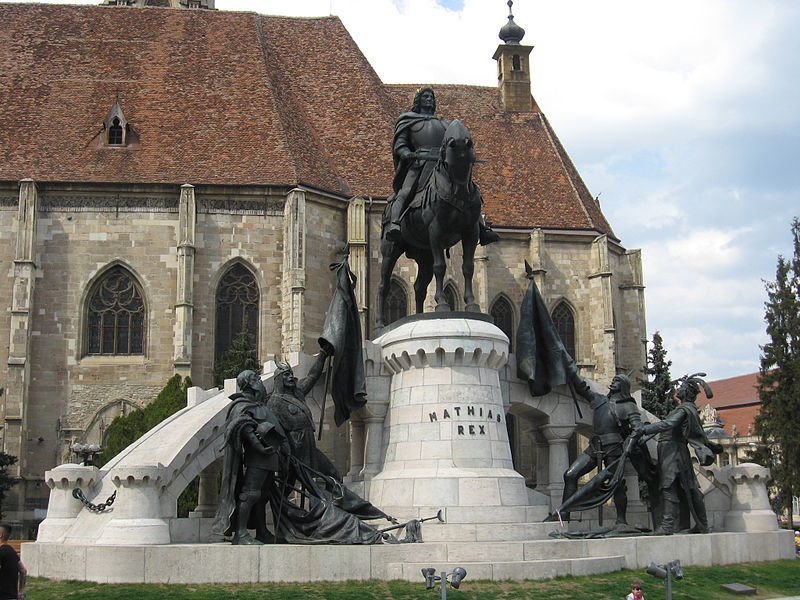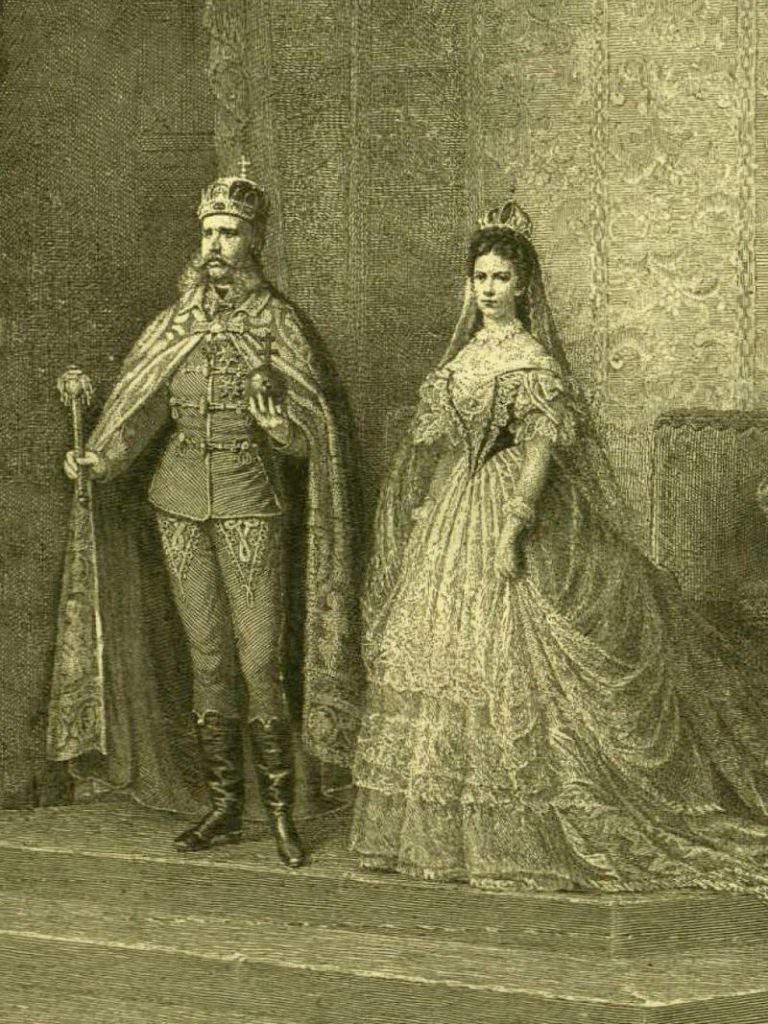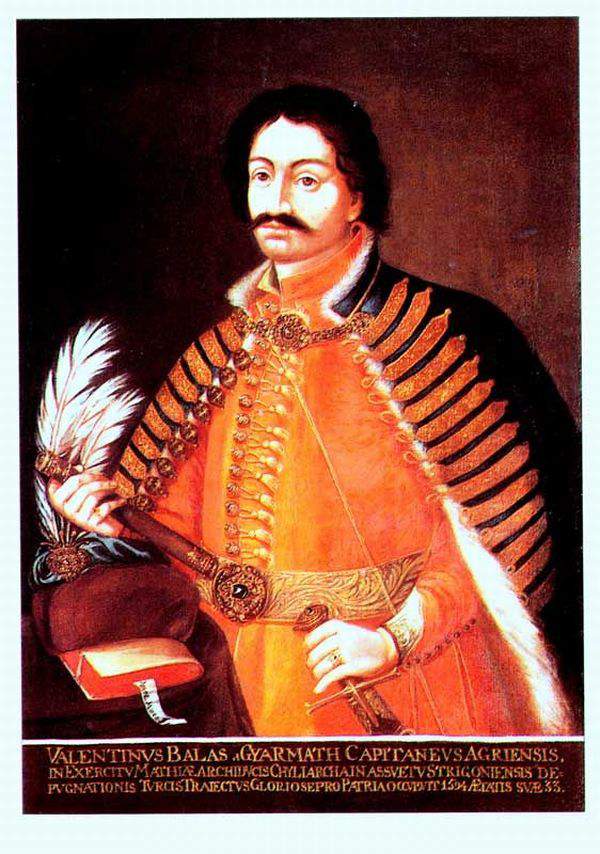Historical Hungarian scandals – 3+1 things you may not have known!

You might think scandals and gossiping are new inventions, but they are not. People have amused themselves by fantasising about the life of royals and nobles who, to be honest, did cause a fair amount of scandal. Hungarian history is full of such stories; here you can read four of the most amusing ones.
1. King Matthias Corvinus – love life and death
King Mathias Corvinus is a crucial figure in Hungarian history. All Hungarians know about him and, strengthened by the popular kids show about his just and honourable nature, he is among the most popular kings of Hungary. Nevertheless, his affairs and love life caused some problems for his kingdom.

Photo: commons.wikimedia.org
His first wife, Catherine of Podebrady, died just 3 years after they got married, during childbirth. Matthias supposedly only married her so that her father would get him out of prison in Prague.
According to the legend, Matthias’s true love was Ilona the Beautiful (Szép Ilona), who met the king while he was travelling in disguise.
When she found out that the man she had fallen in love with was the king, she died because of the extreme sorrow she felt. She felt hopeless and thought that a relationship with the king would never work out, and this sadness cost her her life.
Matthias nevertheless did not become a hermit and continued to pursue various women, often causing trouble, for example in Silesia, for ‘paying too much attention to the daughters and even wives of people’. He had a 5-year-long affair with Barbara Edelpöck, from which his only son, John Corvinus was born. However, he sent her away, separating her from her son, and married Beatrice of Naples. Beatrice was extremely beautiful and very intelligent, so it is not surprising that Matthias eventually fell in love with her. He even involved her in politics and decision-makings, often causing outrage for siding with her instead of his advisors.
However, once it turned out Beatrice could not have children, Matthias needed to focus on making sure that John Corvinus could follow him on the throne without any problems.

Photo: commons.wikimedia.org/wiki/Category:Beatrice_of_Naples
Beatrice hoped that she could keep the throne after Matthias’s death since she was crowned the Queen of Hungary, so she disapproved Matthias’s efforts to make John ready to be king. Perhaps this disagreement between them towards the end of Matthias’s life is what led to the gossip that Beatrice contributed to the death of Matthias.
Although the king had been sick for longer periods of time, so a natural cause of death is a perfectly plausible explanation, poisoning cannot be ruled out. However, considering Beatrice’s power lasted only as long as her husband’s life (she lost all her influence, including the throne, after his death), so it is unlikely that she had anything to do with his death. This does not prevent the spread of this particular gossip, though.
2. Count Gyula Andrássy – father of Sissi’s child?
Austrian Empress Elisabeth liked Hungary and Hungarians, and Hungarians think of her fondly, too. Some say she was born already with a tooth, which traditions say means she is destined for extraordinary things and a great fortune. Well, she did become Empress of Austria and Queen of Hungary, although her life was cut relatively short by illnesses and an assassination. However, she was not spared from gossip and sharp tongues during her life.
She was said to have developed a romantic relationship with Count Gyula Andrássy, Hungarian statesman and later prime minister. Admittedly, they were close and had a great intellectual friendship.

Empress Elisabeth, otherwise called Sissi, gave birth to her 4th child in Hungary. In the name of learning the Hungarian language faster, she gave her daughter a Hungarian name, Mária Valéria (Marie Valerie).
The child was thus dubbed “the Hungarian child” but it also fuelled the already existing gossips about how close she really was to Count Andrássy and raised the question of who the real father of the little girl is, who received special attention from her mother, much more than her older siblings.
Whether the rumours had any foundation, we may never know, but it is certainly true that Sissi and the count were intellectually very close and developed a strong friendship. Besides, he was a very handsome man, some say one of the most handsome men of his time, so much more attractive than the Emperor. This is evidenced by the fact that, after the 1848-49 revolution, he was sentenced to death and had to escape, settling down in Paris. There, he got the nickname ‘the handsome hanged man’ (le beau pendu in French), both referring to his looks and the fate that awaited him should he return home.
3. The man with an extreme number of lawsuits
Although most people know Bálint Balassi as an excellent poet, a quick look at his personal life reveals that he was not a particularly easy-going man. His name is linked to many trials, each one stranger than the last. The scandals connected to him usually feature one of two things: they either involve women or his noble birth somehow. It happened several times that he did not attend a hearing, or, when he did turn up, the judge did not, as a consequence of Balassi’s deathly threats.

Photo: commons.wikimedia.org/
He was in constant legal battle with his relatives, in the hopes that he can get his hands of their lands. Another time, he beat up a poor boy who was not of noble birth yet who dared sit close to Balassi in a public bath.
He also led his love life in a similar fashion. He married his cousin and wanted to have the wedding at the Sárospatak Castle. The only problem was that the castle did not belong to either of the couple, so the entire wedding party was thrown out to the muddy street and they had to resort to celebrating at a local pub. The fact that he ran away with his Italian superior’s wife or that he was often seen in the company of runaway nuns was just the tip of the iceberg.
Understandably, Balassi did not include these various incidents in his poems and he really is an important figure of Hungarian literature and crucial for the second part of the Hungarian Renaissance.
+1 How did bullheads get to Hungary?
This last one is the curious story of how the bullhead, a type of fish originally native in North-America, ended up in Hungarian lakes. Well, they came from Germany at the beginning of the 20th century, through an organised introduction of the species.

This plan was unfortunately rather misjudged, as it turns out bullheads are an extremely greedy species that eat everything up, from eggs to any other kind of fish, making fishermen’s life a living hell. Luckily (for us and Hungarian fishermen in general), a special disease is killing them and preventing them from becoming the sole type of fish in Hungarian waters.
For more news, check out this article about a special Hungarian experience – butcher shops.
Source: vous.hu, Wikipedia.org, 24.hu, pnftop10.blog.hu





